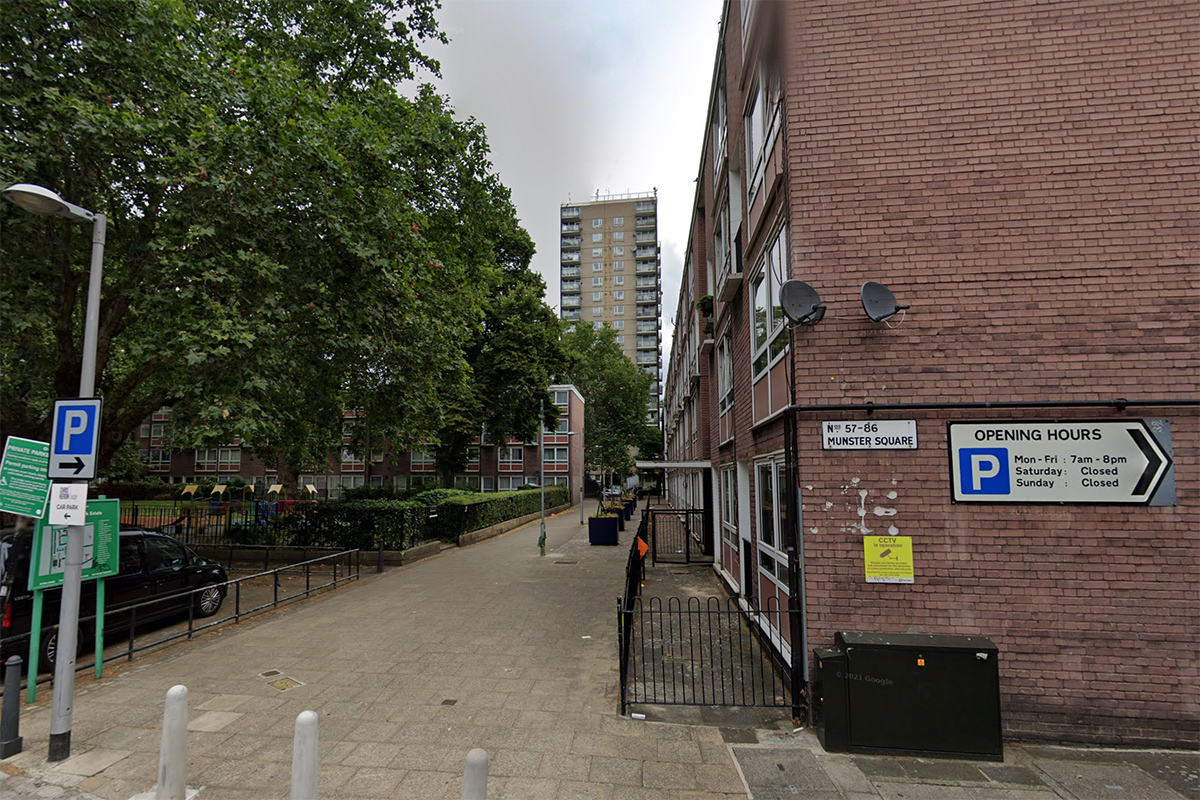You are viewing 1 of your 1 free articles
How can London boroughs get better at managing their council housing?
Councils in London have published a detailed report setting out best practice for a high-performing landlord, in a bid to improve housing services for tenants. Grainne Cuffe finds out what the new framework will mean for local authorities
Led by the London Housing Directors’ Group (LHDG) and with support from the London Councils group, the Delivering for tenants: the foundations of an effective local authority landlord service report aims to provide a practical toolkit that councils can use to measure their progress against standards set out across five foundations.
The five foundations are: vision and strategy, leadership, management, performance and compliance, and assurance.
The framework was produced in collaboration with the majority of stock-owning London councils and their tenants, but is public and can be used by any local authority.
It includes best practice principles under the foundations, which are “aspirational and go beyond regulatory requirements”.
They include:
- Having a clear and realistic vision for the landlord service, which is publicly available and regularly refreshed
- The needs and aspirations of diverse groups of residents should be clearly seen to inform landlord service priorities
- The landlord service strategy and priorities should be appropriately resourced
- The landlord service should have a strong voice across the wider council
- The service should be able to recruit and retain the skills and aptitudes required to operate a modern, compliant housing function
- Local knowledge should be valued and widespread
- Records should be accurately kept and used in service planning, delivery and accountability
- A risk-based assurance framework should be in place, documented and widely understood
- Assurance and accountability frameworks should be known to be effective
Inside Housing has spoken to LHDG co-chairs Jamie Carswell, director of housing and safer communities at Greenwich Council, and Joanne Drew, housing and regeneration director at Enfield Council, on what the framework means for councils.
“Councils are in quite a good place in that they’ve been thinking for quite some time about some of the external pressures, but also some of their local accountability,” Mr Carswell says, explaining that councils already have accountability through local councillors.
But, like all housing providers, they are facing pressures, such as the 7% rent cap, the cost of decarbonisation and long-term problems with their stock, particularly damp and mould.
Mr Carswell explains that London councils, in particular, have a higher percentage of flats compared with outside the capital, which are harder to treat and to retrofit.
There is also higher demand for homes, meaning a longer wait for transfers, leading to overcrowding.
“When you take the quantity of the stock, the overcrowding, the affordability pressures all in one, we know that our tenants and residents are less satisfied than national average and that’s across every council landlord in London,” he says.
The new Social Housing (Regulation) Bill will place councils in the spotlight. The previous regime of economic regulation did not applied to them and existing consumer regulation is notoriously light touch. The new bill will see councils face the full force of in-depth assessments and regulatory scrutiny for the first time.
They will also be obliged to gather and report on tenant satisfaction measures (TSMs).
“We felt that it was a really good moment to be setting out what good looks like in a local authority, but with enough flexibility to recognise that different local authorities will have different solutions,” Mr Carswell says.
The principles are not prescriptive and can be used in several ways, he explains.
“We see this as a tool – it can be an internal checklist, it can be something that’s used for self assessment, it can be something that’s used for peer assessment, it can be something that’s used for professional development, it can be something that’s used for awareness of different professional disciplines within a local authority.”
Mr Carswell states that he expects every council to use the framework in a slightly different way.
LHDG will be going back to councils in six months, asking people how they are using the framework and ensuring it is being used.
“We’ve got no authority – we’re a professional network, a group of peers, but absolutely by holding the mirror to ourselves, we can just remind everyone how important it is to stay on track,” Mr Carswell says.
Ms Drew adds: “We might even do an annual review [and ask] how have we used this? What have we learned? If we were to develop it further, how would we shape it?”
She says some boroughs will likely say they have areas that they need to work on and recognise that some areas need further resources and investment to progress.
“It may be that we identify some common areas, which goes to a funding ask to address that pan-London,” Ms Drew explains.
It is hoped that more joined-up working on issues will emerge from the framework.
LHDG has already had a session with chief executives about damp and mould issues.
Ms Drew says: “One of the suggestions was that we should look sub-regionally at how we can collaborate, including how technology can help us to take a more prevention-based approach – do we need to learn about that collectively rather than each borough learning individually?”
Mr Carswell says: “If boroughs just put it on the shelf, then they won’t be helping themselves.
“[But] I don’t think that’s going to happen because of the large degree of interest and involvement that we’ve had in the production of it.”
He urges other councils, not just in the capital, to use the public document.
Ms Drew says the best thing about the framework is the collaborative nature of it.
“Sharing the learning is a real thing that we want to continue,” she states.
Sign up for our asset management newsletter
Already have an account? Click here to manage your newsletters









